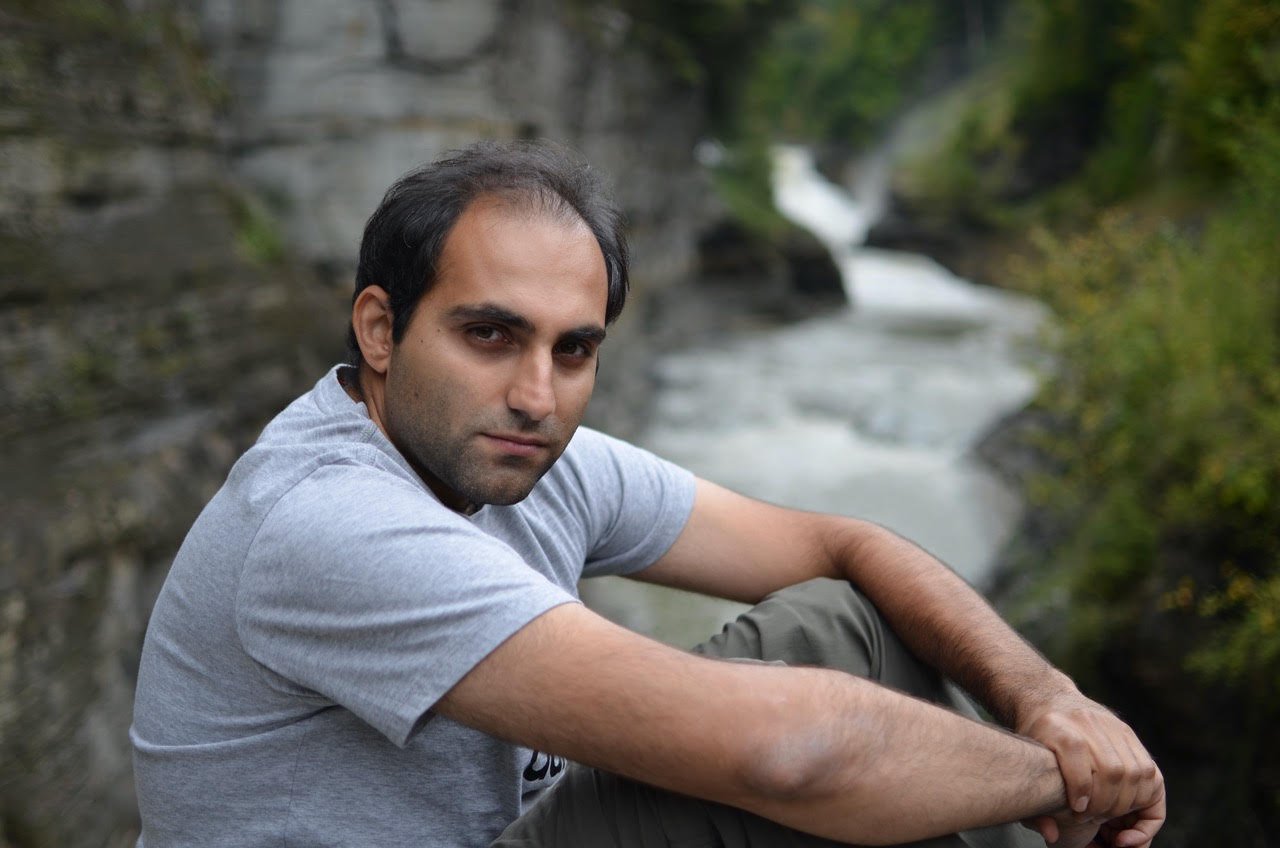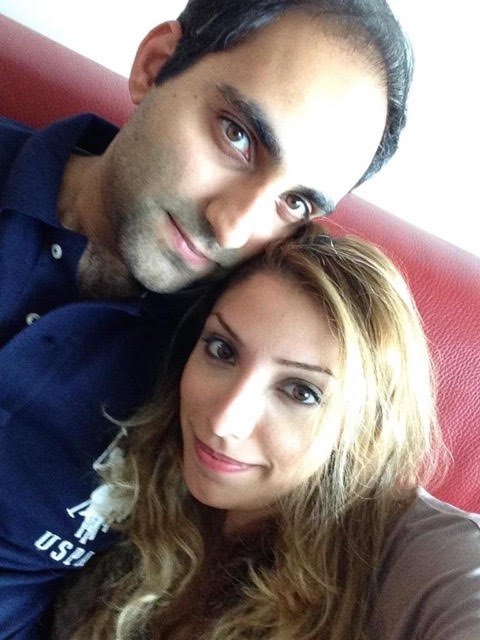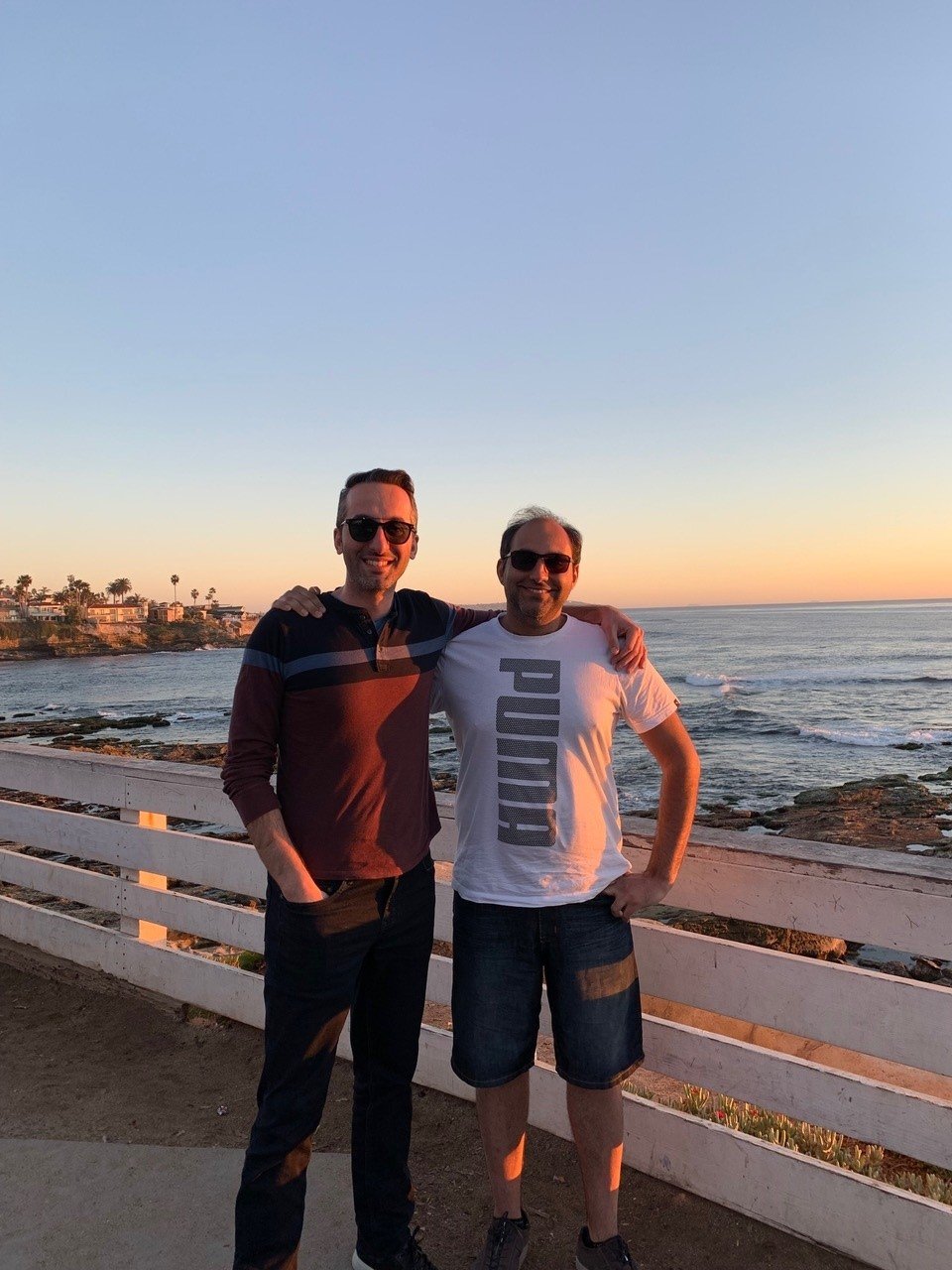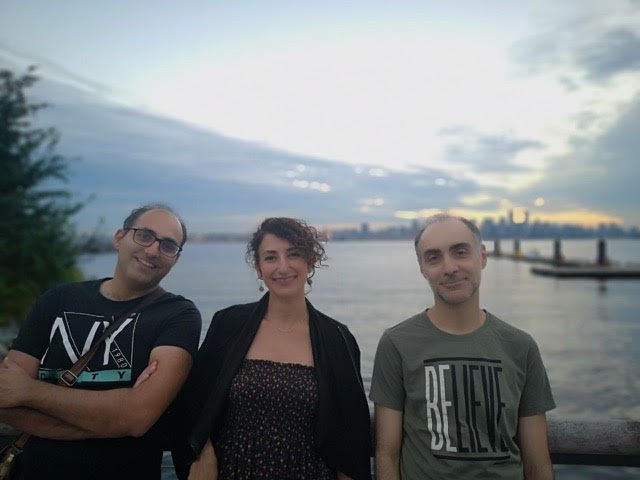Kayhan’s Story
My Life with Epilepsy
I vividly remember the very first time I had a grand mal seizure, well either I really do or during all these passed years my brain decided to fill the missing bits and pieces and paint a full picture. I was 16, it was a beautiful quiet fall afternoon, and I was sitting behind my desk studying… and after that I opened my eyes and I saw the distressed faces of my parents and my siblings all gathered around me, my mom visibly shaken, me lying down on the floor and wrapped in a blanket. Few minutes later, our closest family friends arrived to console my mom and visit me. I asked my dad to help me get up and he said: “very slow, be careful, it might not be over yet”. Him being a physician, he clearly had realized what had happened. His warning proved to be very valid. As soon as I tried to get up, I started vomiting heavily with no end in sight, even after no food was left in my stomach and it did not stop for another 24 hours. Later I realized that after each grand mal seizure 24h vomiting period, if I ever try to be in vertical position, is the lucky scenario; 48h is the standard one for me. After many MRIs, EEGs, sleep test, breathing test and photosensitivity test, I was formally diagnosed with temporal lobe epilepsy. Only then I realized that I’ve had seizures before, just that they were just no grand mal. They were mini seizures, those moments when I had a ringing in my head and felt lightheaded, and could not hear my surroundings, those moments which I only thought were caused by fatigue. I was 16 then, I am 42 now. At the time I did not have a full grasp of what an epilepsy diagnosis meant. Just that I needed to take a pill called Tegretol. Maybe it was a blessing that I was so oblivious to it, but my parents -both being in medical profession – knew what it really meant; and maybe that’s why they were so concerned. Later I found out I was one of the lucky ones, I only had the grand Mal seizure once every few years. I did not have a catastrophic allergic reaction to Tegretol and even when I did have a seizure, I had a 20-30 seconds heads up, with ringing in my ears which meant I could think of a safe position before I get knocked out and start to convulse uncontrollably. Those mini seizures which sometimes turned into a grand Mal seizure were basically a blessing in disguise for me! They were like fire alarm.
Still, as a case you might argue to be the easiest scenario epilepsy patient, my life has been entangled and impacted by it in every possible way; and at times, it looks like an impossible task. The threat of seizure is hanging over my life like a Damocles sword. There is hardly a day that passes by that I do not think of it. It’s funny how I stutter multiple times a day, and it hardly bothers me; but a grand Mal seizure every few years is the dominant fear of my life. Because it’s not really every few years, those mini seizures cause as bad of a panic as a grand Mal one. The drug I am taking has its own side effects as hardly any seizure control drug has “mild” side effects: Tegretol is the reason I am not “enthusiastic” about things, or that my already inherent ADHD is orders of magnitude worse , or that I am clumsy, and not very well coordinated, or my thought process is so hard to control, and as for my weight while different doctors say different things, the fact is each time I had to increase my dosage, I have had a jump in my weight.
And yet I have learned to live with it, adapt to it and in some ways live even better because of it. It is because of epilepsy that I was forced and later got used to a healthy lifestyle: keeping alcohol to a minimum, being careful about my sleep hygiene, managing stress, and avoiding drugs. Because of epilepsy and the drug I am taking for it, I am consciously more active to keep my weight down. Most importantly, trauma of a seizure has taught me that not much in life is worth stressing over, and it has taught me to “get around” problems. Epilepsy diagnosis has not kept me from doing things like biking, going out in nature, canoeing, camping, hiking, and eves climbing relatively high mountains.
The lesson one realizes with a condition like this is that one quickly needs to decide whether this condition is going to control one’s life or not, and I decided within some limitations that I would not let it dictate how I live my life. Last year, I decided for the first time to go to an elevation of more than 4000m – to Pico de Orizaba in Mexico – that is usually the elevation at which the altitude sickness starts. I was very concerned about what would happen; however, by informing our team guide and having some measures in place, I did not have any issues. I could not reach the peak but only due to technical skills. Last summer I was able to summit Mt Whitney which is the second highest peak in US. It was a validation of the fact that my seizures wouldn’t stop me from achieving what I want to do.
Until there is a cure for this disease, my life will still be under its shadow and the side effects of its drugs. My seizures used to be every 5-6 years, but recently this frequency has changed to every 18- 24 month. Once the brand of the drug I was using became scarce, and when I switched to a different generic brand, I seized within 3. The only solution for the increase in seizure frequency has always been: “Take half a pill more”. While I am grateful for the medical science that has been able to somewhat control my seizures, there are still so many unknowns about this disease, and it’s very frustrating. Despite living in one of the more advanced countries in medical science, it is mindboggling how different doctors do not have a clear answer about why the frequency of my seizures would increase or decrease. And there is no cure in sight. A cure is really the only way that I can live “normally” without battling with all sorts of fears and side effects. In the absence of a cure, my life would still greatly improve if there existed a way to predict the possibility of a seizure. While there are many other diseases that get a lot of attention and funding, epilepsy needs more research, more awareness, and less stigma.
The courage of those living with epilepsy,
inspires us and fuels our journey.
Your gift will help us to continue on the road toward an epilepsy cure.








